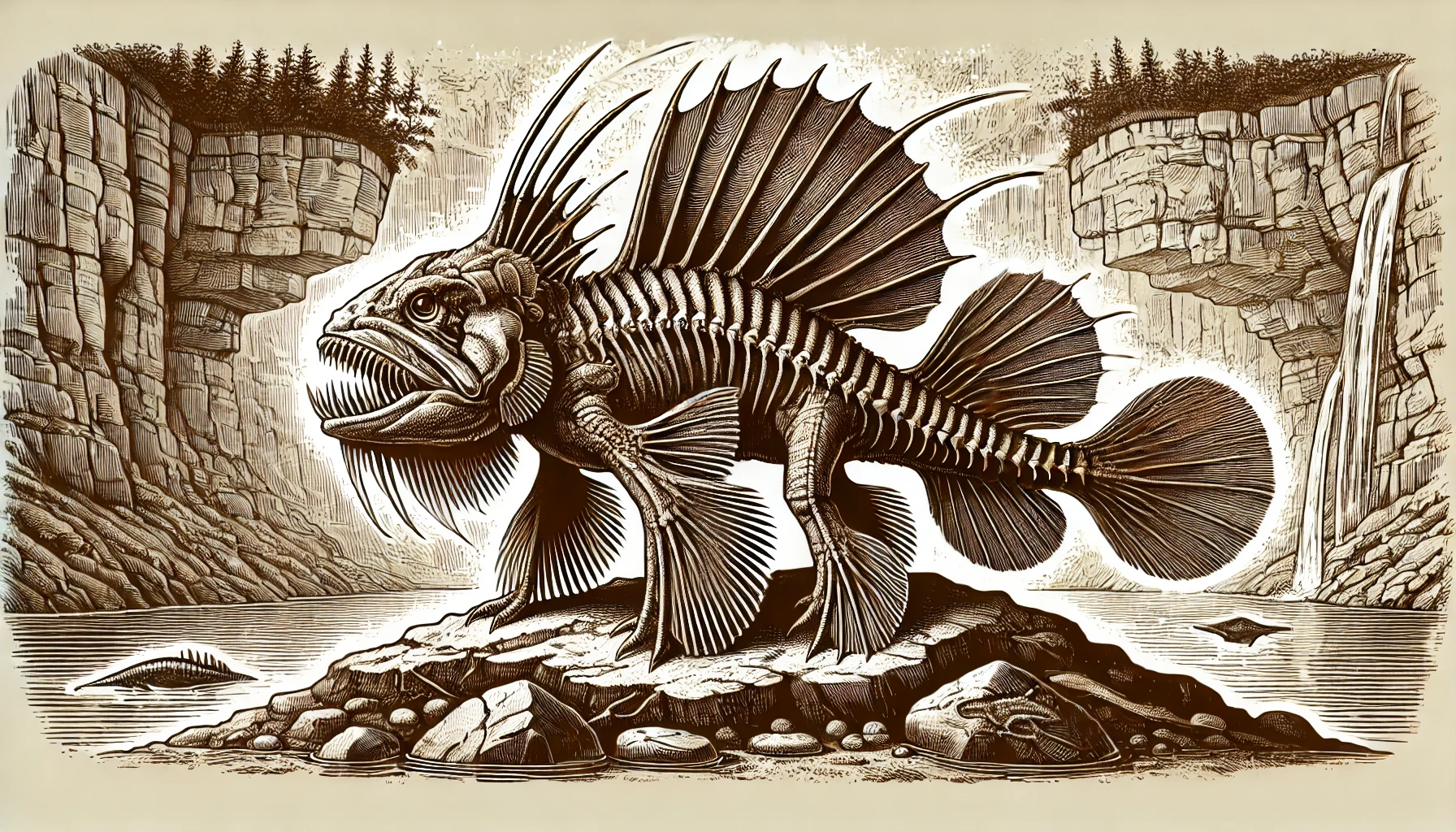Science

Transitional Fossils: Bridging the Past and Present in Evolutionary History
Evolution, the gradual development of species over millions of years, is often misunderstood as a theory that lacks concrete evidence. However, the fossil record provides powerful support for evolutionary theory, particularly through transitional fossils. These unique fossils act as snapshots, capturing key stages in the evolution of various organisms, thus illuminating the gradual transformations that shaped life on Earth as we know it today. By exploring these fossils, we gain valuable insights into how complex forms of life evolved from simpler ancestors, bridging the gaps between major groups of organisms.
What Are Transitional Fossils?
Transitional fossils are remains of organisms that exhibit traits common to both an ancestral group and its derived descendant group. They are crucial because they illustrate the gradual changes that occur during the evolution of species, providing a glimpse into the evolutionary "in-between" stages. Contrary to the misconception that evolution occurs through sudden, drastic leaps, these fossils depict a more nuanced process of gradual adaptation and change.
The concept of a "missing link" is often used to describe transitional fossils, though it can be misleading. Evolution is not a linear chain but rather a branching process, more akin to a tree with numerous branches diverging at various points. Transitional fossils offer snapshots of these branches, showing us the common traits shared by different organisms before they diverged into distinct species.
Iconic Examples of Transitional Fossils
One of the most famous examples of a transitional fossil is Archaeopteryx, a creature that lived around 150 million years ago during the Late Jurassic period. Archaeopteryx displays features that are characteristic of both dinosaurs and modern birds. With feathers, a wishbone, and wings, Archaeopteryx resembles modern birds, yet it also retains distinctly reptilian traits such as a long, bony tail, sharp teeth, and clawed fingers. This combination of features provides compelling evidence for the evolutionary link between non-avian dinosaurs and birds.
Another notable transitional fossil is Tiktaalik, a fish-like organism that lived approximately 375 million years ago. Tiktaalik bridges the gap between aquatic vertebrates and the first four-limbed animals, or tetrapods, that eventually moved onto land. It possessed both gills and scales like a typical fish, but also had sturdy, limb-like fins and a neck, adaptations that suggest it could have supported itself in shallow water or even ventured onto land for brief periods. Tiktaalik illustrates the gradual adaptation from life in water to life on land, providing a critical insight into one of the most significant evolutionary transitions in the history of vertebrates.
Ambulocetus, sometimes called the "walking whale," is another fascinating transitional fossil that provides insight into the evolution of whales from terrestrial mammals. Living about 49 million years ago, Ambulocetus had features suited for both swimming and walking on land. Its hind limbs were strong enough for terrestrial movement, while its elongated body and webbed feet were ideal for swimming. This fossil helps illustrate the evolutionary pathway that led to fully aquatic whales, showing the gradual adaptation from land to marine environments.
The Broader Impact of Transitional Fossils
The significance of transitional fossils goes beyond individual examples; they collectively support the idea that life evolves over time through small, incremental changes. The fossil record, though incomplete, is filled with such evidence, showcasing evolutionary transitions not just between species, but between major groups, such as reptiles evolving into birds or terrestrial mammals adapting to marine life.
Opponents of evolution often point to perceived gaps in the fossil record as a challenge to evolutionary theory. However, the presence of transitional fossils demonstrates that these gaps are not insurmountable voids, but rather areas where we are still uncovering new information. The fossilization process is rare, requiring specific conditions for organic material to be preserved over millions of years. Despite this rarity, paleontologists have managed to piece together an impressive collection of fossils that illustrate evolutionary transitions, offering robust support for Darwin's theory of natural selection.
Evolution as a Continuous Process
Transitional fossils remind us that evolution is a continuous, ongoing process. It is not about sudden, radical changes but rather about countless small modifications over vast stretches of time. Each transitional fossil represents a point along an evolutionary continuum, offering tangible evidence of how gradual changes accumulate to produce the diverse forms of life we see today.
Our understanding of evolution and transitional fossils continues to grow as new discoveries are made. The fossils we have uncovered thus far are only a fraction of what once existed, but each new find helps us refine our understanding of the evolutionary tree of life. As we continue to dig deeper—both literally and metaphorically—into Earth's history, we are likely to uncover even more compelling evidence of life's gradual and fascinating transformation.
Conclusion
Transitional fossils provide an essential window into the evolutionary history of life on Earth. From Archaeopteryx to Tiktaalik, these fossils serve as concrete examples of how major evolutionary transitions occurred, bridging gaps between seemingly disparate groups of organisms. They highlight the gradual nature of evolution, showcasing how minor adaptations over millions of years can lead to profound changes. The fossil record may be incomplete, but the wealth of transitional fossils discovered thus far stands as powerful testimony to the reality of evolution, offering us a glimpse into the incredible journey of life from its ancient origins to the present day.
Author
Lander Compton
Creation Date
22:42 at 10/22/2024
Last Updated
22:47 at 10/31/2024